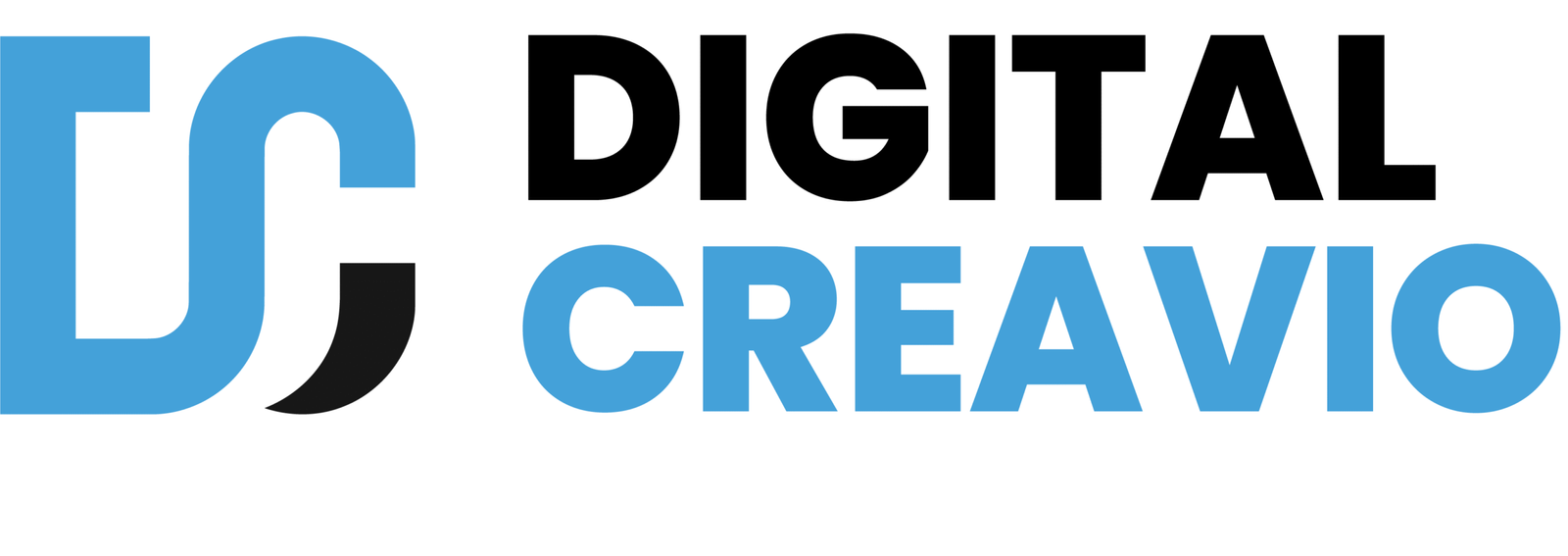What is Interactive Content?
Interactive content is changing how brands engage with audiences. Compared to non-interactive content, it involves users actively since it requires them to participate be it by clicking, inputting, or performing other activities. This approach transforms the passive act of consumption into an engaging experience, fostering deeper connections and higher retention.
Types of Interactive Content
To create interactive content, it’s essential to examine the different formats that exist. Below are a few of the most well-liked varieties:
- Quizzes: These enable users to assess their knowledge or uncover tailored insights, like “What Kind of Traveler Are You?” They provide immediate feedback, which keeps users engaged.
- Surveys and Polls: Quick tools to gather audience feedback or opinions, helping brands understand their preferences. For instance, “What Product Feature Do You Appreciate the Most?”
- Interactive Infographics: These blend visuals with clickable or hoverable features to enhance the engagement and informativeness of data.
- Games: Easy puzzles, trivia, or challenges linked to brand messaging provide great entertainment and marketing opportunities.
- Calculators: Tools like ROI calculators or savings estimators allow users to gain value specific to their needs.
How to Create Interactive Content
Developing engaging interactive content necessitates a combination of innovation, planning, and appropriate resources. Here is a methodical procedure:
- Define Your Goal
Determine what you aim to achieve with your content—brand awareness, lead generation, or customer engagement. Tailor the format to align with these goals.
- Know Your Audience
Understand your audience’s preferences and pain points. Use surveys or analytics to gain insights into the type of interactive content that resonates with them.
- Choose an Interactive Content Platform
Tools such as Outgrow, Ceros, and Playbuzz make the process of creating interactive content much more straightforward than creating typical content. You can pick templates for quizzes, polls, etc., and the design and functionality can be customized to suit your needs.
- Create Engaging Design and Copy
Use visuals and language that capture attention. The design should be intuitive, while the content should be concise and compelling.
- Incorporate a Call to Action (CTA)
Guide users toward the next step—whether it’s sharing their results, signing up for a newsletter, or exploring your product offerings.
- Test and Optimize
Regularly analyze performance metrics like engagement rates, shares, and conversions. Refine your content based on user feedback and analytics.
Examples of Successful Interactive Content
Here are some interactive content examples that highlight its potential:
- BuzzFeed Quizzes: it is famous for funny and sharable quizzes; here, they keep their audience engaged while acquiring data on people’s preferences..
- Coca-Cola’s “Share a Coke” Campaign: As the brand requested users to have their experiences as well on various social networking media, thereby elevating its overall reach..
- Nike’s “Choose Go” Campaign: An interactive virtual race, challenging users to beat their personal bests by bringing fitness into the mix with brand engagement.
Why Interactive Content is Essential in Digital Marketing
The rise of interactive content marks a shift in consumer expectations. The users today look for more personal and engaging experiences, and that is exactly what interactive content offers.
- Increased Engagement: Brands can retain a user for more time through engaging interactive content.
- Higher Shareability: Interactive content is more likely to be shared on social media, thereby increasing brand visibility.
- Data Collection: It enables brands to collect insightful information about their target audience without invading their personal space.
Conclusion
Interactive content becomes a very strong tool to engage audiences and foster meaningful interactions in the shifting digital marketing landscape. Knowing your audience, the right platforms, and continually optimizing your strategy all work together to help you create interactive content that improves engagement and strengthens your brand’s presence.
In my opinion, the growth of interactive content is more than a trend; it is the future of digital marketing. At a time when people are being bombarded with information, creating interactive content presents a unique opportunity to stand out and build authentic relationships. By providing experiences that amuse, inform, or motivate, brands can transcend mere product sales and instead become an essential part of their audience’s journey.
What are your thoughts on interactive content? Have you ever participated in a quiz, poll, or game that made a memorable impact? If that’s the case, what contributed to its memorability?
Share your opinions with us and post your top examples of interactive content in the comments section below. We’re eager to learn how you plan to utilize interactivity in your digital marketing strategies!
Read Also: Digital Media Content Planning 2025











